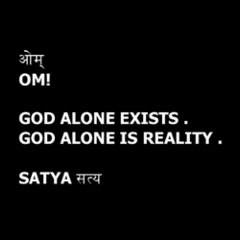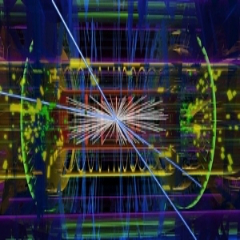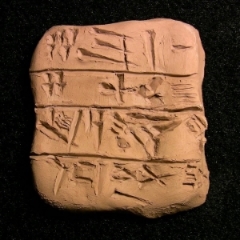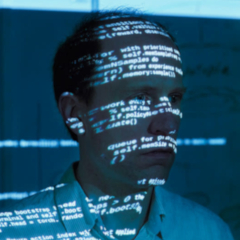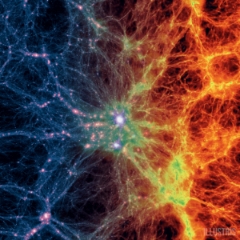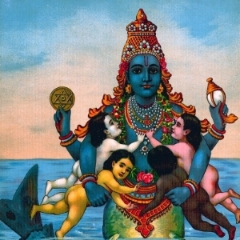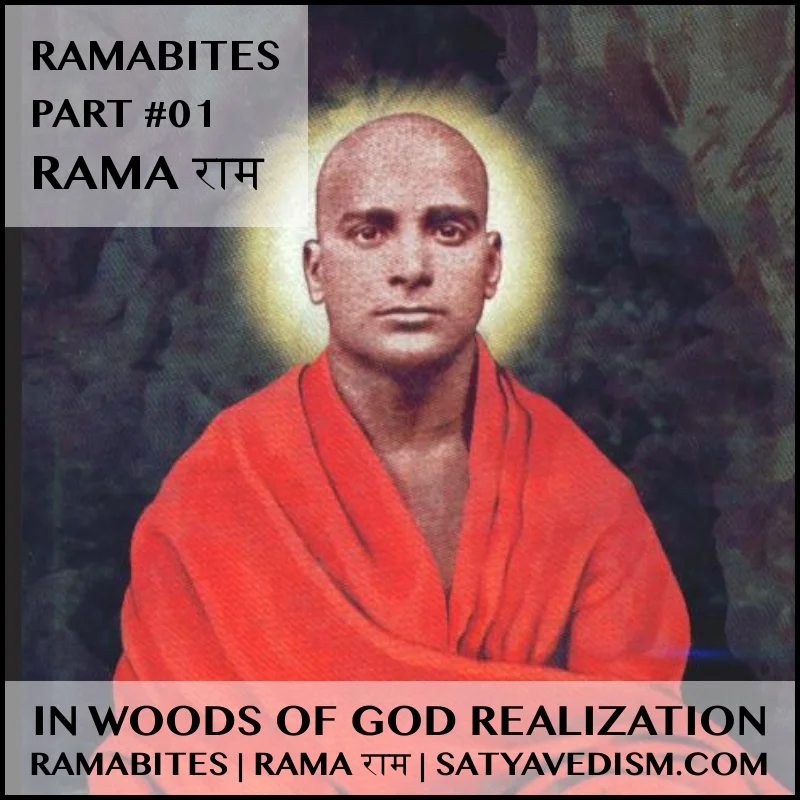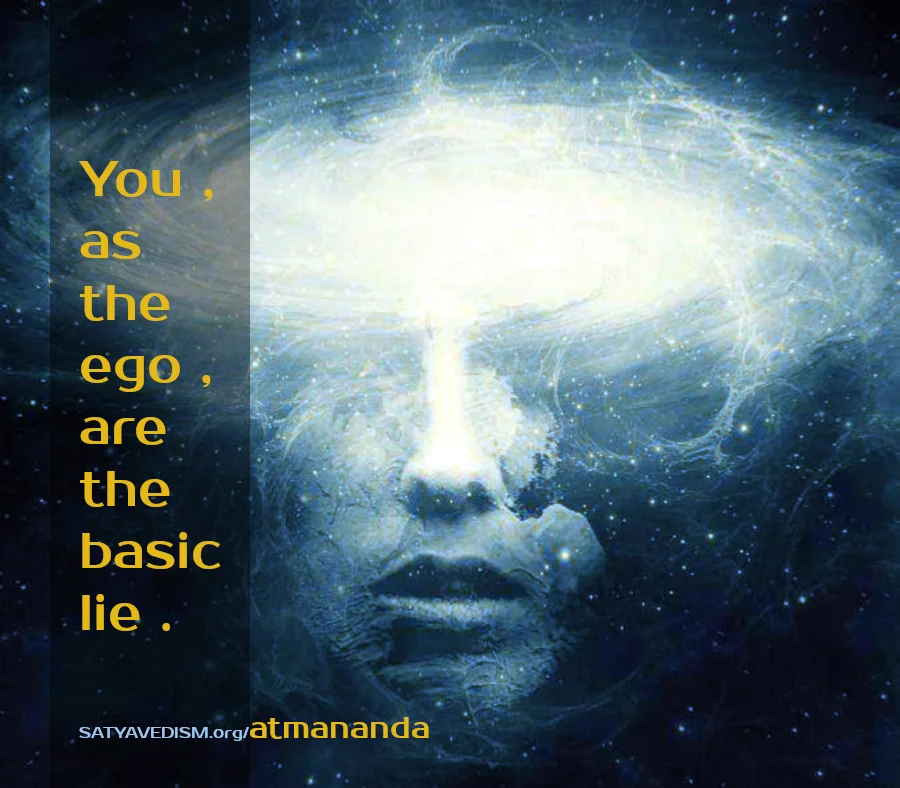INTEGRATED INFORMATION THEORY | TONONI+KOCH
| | homeINTEGRATED INFORMATION THEORY | GIULIO TONONI & CHRISTOF KOCH
ROYAL SOCIETY PUB | PHILO TRANS B | VOL 370 | ISSUE 1668
|| CONSCIOUSNESS : HERE THERE & EVERYWHERE ? | PUB 03.30.2015 ||
The science of consciousness has made great strides by focusing on the behavioural and neuronal correlates of experience .
However , while such correlates are important for progress to occur , they are not enough if we are to understand even basic facts , for example , why the cerebral cortex gives rise to consciousness but the cerebellum does not , though it has even more neurons and appears to be just as complicated .
Moreover , correlates are of little help in many instances where we would like to know if consciousness is present : patients with a few remaining islands of functioning cortex , preterm infants , non-mammalian species and machines that are rapidly outperforming people at driving , recognizing faces and objects , and answering difficult questions .
To address these issues , we need not only more data but also a theory of consciousness — one that says what experience is and what type of physical systems can have it .
Integrated Information Theory ( IIT ) does so by starting from experience itself via five phenomenological axioms : intrinsic existence , composition , information , integration and exclusion . From these it derives five postulates about the properties required of physical mechanisms to support consciousness .
The theory provides a principled account of both the quantity and the quality of an individual experience ( a quale ) , and a calculus to evaluate whether or not a particular physical system is conscious and of what .
Moreover , IIT can explain a range of clinical and laboratory findings , makes a number of testable predictions and extrapolates to a number of problematic conditions .
The theory holds that consciousness is a fundamental property possessed by physical systems having specific causal properties .
It predicts that consciousness is graded , is common among biological organisms and can occur in some very simple systems .
Conversely , it predicts that feed-forward networks , even complex ones , are not conscious , nor are aggregates such as groups of individuals or heaps of sand .
Also , in sharp contrast to widespread functionalist beliefs , IIT implies that digital computers , even if their behaviour were to be functionally equivalent to ours , and even if they were to run faithful simulations of the human brain , would experience next to nothing .
CONTINUE TO READ | PDF ➤➤
CONTINUE TO READ | HTML ➤➤
CONTINUE TO ORIGINAL ARXIV | PDF ➤➤
SCHOLARPEDIA | INTEGRATED INFORMATION THEORY | GIULIO TONONI
Integrated information theory ( IIT ) attempts to identify the essential properties of consciousness ( axioms ) and from there , infers the properties of physical systems that can account for it ( postulates ) .
Based on the postulates , it permits in principle to derive , for any particular system of elements in a state , whether it has consciousness , how much , and which particular experience it is having .
IIT offers a parsimonious explanation for empirical evidence , makes testable predictions , and permits inferences and extrapolations .
FQXI | THE PHYSICS OF INFORMATION | 4TH INTERNATIONAL CONVENTION
|| CHRISTOF KOCH & GIULIO TONONI ON CONSCIOUSNESS | VIDEO | 01.2014 ||
The past century in physics seems to lead in a surprising direction : away from physics as a description of objects and their interactions , and towards physics as a description of the evolution of information .
Is this the correct way to think about physics and the physical world ?
What is information ? What does the term information even mean ? What role does information play in quantum gravity , cosmology , thermodynamics , life and consciousness , and what links does it provide between these areas ?
FQXi's international , interdisciplinary conference on the Physics of Information brought together leading researchers to discuss the significance , meaning , and uses of information in physics .
SOURCE | SATYAVEDISM.ORG











